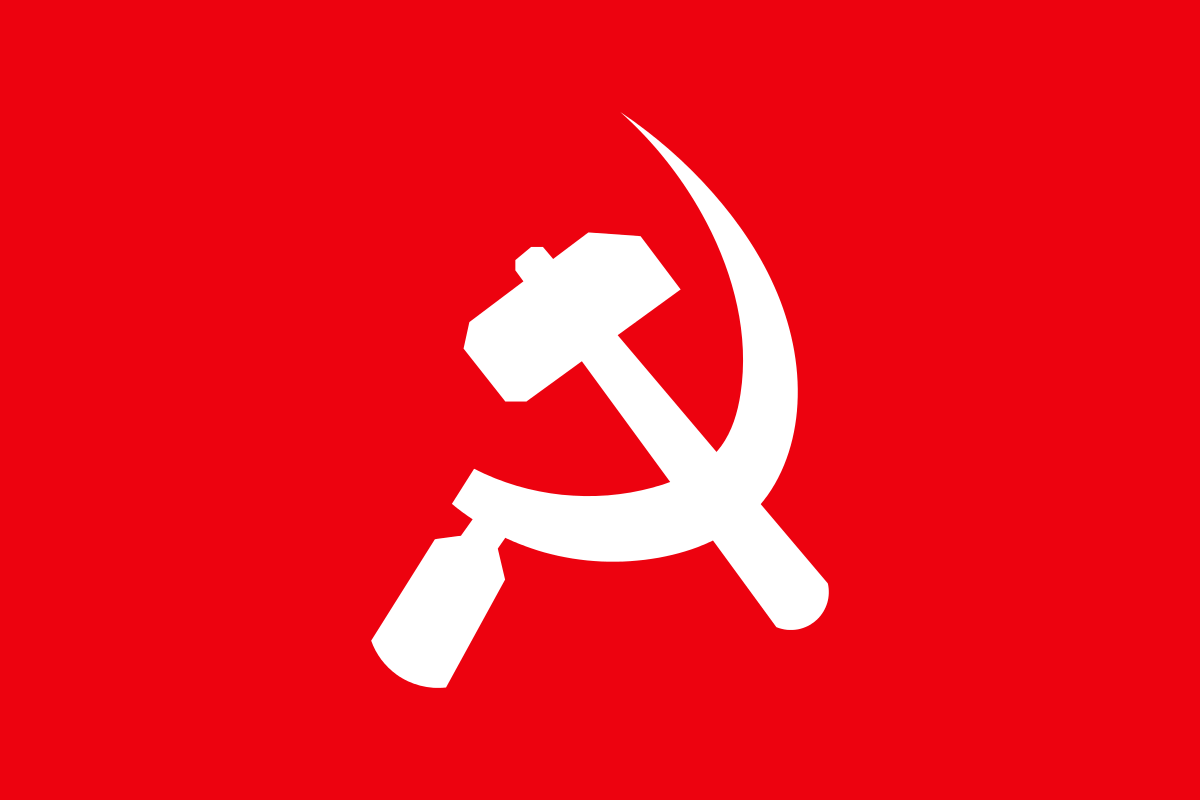
Naxalism – Biggest Internal Security Threat for India?
The short answer to the above question depends upon our Idea of India. If you are fine with the current system of our country’s functioning, just like me, then I can say, Yes, Naxalism is the biggest internal security threat at present. Because, if it becomes successful then we may, very likely, loose political stability and democracy. And that’s the last thing I want to happen in my country.
But, if you have spent your whole life in poverty, just like a regular Naxalite Recruit, no government service has ever reached you. Your village has no electricity or clean water. There aren’t any hospitals in a 30-40 km radius around your house. Police have almost no control over illegal activities. Then, your idea of India may be completely different. And in this case, you may even support the Naxalite movement.
I understand that the above two passages may be too much for you if you don’t have any background knowledge about Naxalism. So, let’s go a bit back and cover the story from thereon.
How did it start?
India wasn’t always like this (i.e. accurately divided into states, districts, and blocks). In the past, Britishers had brought a variety of practically unrelated areas under their sole rule. This unity had come because of smart diplomacy and tough dictatorship.
When Britishers left, they passed on their acquired area to the next ruler (i.e. a ‘sort-of’ democratic government). Some “independent states” of British India (remember! smart diplomacy) were given the option to join either Pakistan or India. So, instability persisted for some time. But, with the efforts of a lot of good people, most of those “independent states” joined India instead of Pakistan.
India – A Country that Cares for its People
India was a very diverse place having large variations in culture, language, food, etc. There was widespread poverty too. But, this poverty was way more prevalent among rural peasants than any other class.
In addition to this, Tribal Areas weren’t ready to be governed by the same set of laws like the rest of India because of the different way of life of tribal people and their dependence on forests.
So, to provide autonomy to the tribal areas, the 5th and 6th schedule was put into place in India’s Constitution. And to help the landless laborers, laws were enacted to put a ceiling on maximum allowed land. The intention was that land from landlords having land above the ceiling will be allocated to people who don’t have any land at all.
What went wrong then?
On paper, the laws were great. They provided seemingly good solutions to the problems. But, implementation of the land ceiling laws was a big failure.
It was the responsibility of state governments to reallocate the land but nothing much changed. The situation of landless laborers and peasants remained the same. And landlords still controlled most of the agricultural land.
Moreover, autonomy provided by 5th and 6th Schedules to tribal areas wasn’t respected entirely either. There were breaches in forests for resources. Mining activities were also a big part of the overall encroachment process.
The worst part was that these flights into forests for resources had nothing good for the local people. Their homelands were exploited for mining and they had to work in those mines as laborers.
The Uprising
Owing to these pity conditions of lower classes, some people influenced by left-wing ideology started an uprising in Naxalbari village of West Bengal (Hence, the name Naxalism) against their local landlords.
Their primary aim was to redistribute land from those landlords to poor peasants because the government had failed to do so.
A portion of communists helped this movement to spread to other parts of the country, where also, locals were being exploited by the upper classes.
Ideological Basis of Naxalism
To best understand the ideology behind Naxalism, you need to go through a few terminologies first.
Left-Wing Thinkers
These are the people who believe in social equality and strictly oppose the class/caste system. These people are in favor of the Socialist Way of Governance in which everybody has equal ownership in the means of production.
For example, if 100 employees work in a factory, then according to the socialist system, any profit from that factory should be divided equally among those employees.
In essence, if implemented properly, the Socialist Way of Governance can prevent the accumulation of money with a small number of people.
This system supports the strict control of the state on economic activities. So, there is very little scope of large-scale independent business activities.
Capitalism
Opposite to Socialism is the concept of Capitalism. This system favors free economic activities. Anybody can set up their factories in any field. Fewer restrictions are placed on Imports or Exports.
This system results in the accumulation of a large amount of money with just a few people. For example, The richest 1% of Indians own 58.4% wealth of our country.
So, because of unequal distribution of wealth, we can notice comparatively starker social inequalities in countries following capitalist systems (i.e. some people will be so much poor that they die of hunger, and some other people will have so much money that they can even buy a country of their own).
India’s System of Governance
Just after the Independence, we had followed a system with heavy Socialist bias. But, after Liberalisation brought in the 1990s, bias has shifted towards Capitalism.
Overall, our country follows a mixed system of governance. Our government has tried to bring social welfare schemes and ‘free’ market liberalization altogether.
More or less, this system has got moderate success. The economy has improved after the 1990s (i.e. after liberalization), but social inequalities have also increased. Rich has got richer while the poor have got poorer.
Extremist vs. Moderates
Left-wingers (i.e. people who support socialism) can be divided into two basic types – extremists and moderates.
Left-Wing Extremists believe that it is fine if they introduce a socialist system even by using violence. They start armed uprisings against the administration in their countries with the goal to over-through it and set up their government.
On the other hand, Left Wing Moderates usually participate in elections and introduce socialist policies through the already present constitutional structure. They want change but don’t support violence.
Out of these two types, Naxalites are Left Wing Extremists.
The spread of Naxalism in India
Active Groups
Communist Party of India (Maoist) was formed in 2004, through the merger of the CPI (Marxist–Leninist) People’s War, and the Maoist Communist Centre of India (MCCI). Its the primary Naxalite group.
The armed wing of the Naxalites is called the People’s Liberation Guerrilla Army (PLGA).
Current Position
The position of Naxalites has seen significant ups and downs, over time. Right now, they have a presence in 90 districts of 11 States. Those states are Jharkhand (with 19 affected districts), Bihar (16), Orissa (15), Chhattisgarh (14), Telangana (8), Andhra Pradesh (6), Kerala (3), Uttar Pradesh (3), Maharashtra (3), Madhya Pradesh (2), West Bengal (1).
Red Corridor
Its the region that experiences considerable Naxalite activity. Below is a map of areas considered red corridor in 2007:

And below is a map of areas considered red corridor in 2013:

As can be observed in the above maps, the area affected by Naxals has seen a decline, thanks to the operations of our security forces.
Urban Naxalism
This term was popularised by a filmmaker named ‘Vivek Agnihotri’.
Naxals had released a document in 2004 named ‘Urban Perspective: Our Work in Urban Areas‘. In it, they have put up a sort-of plan to spread their movement into the cities.
Keeping that document in perspective here, the popular theory is that to spread into cities/urban areas, Naxals have set up ‘front organizations’ which seem legal but pump Naxalist ideas into the public. Overall, this process is called Urban Naxalism.
A Defect in this Theory
We don’t know if Naxal Leaders really want to help the poor or if they are just working for their political ambitions. But, one clear thing is that when they address the public (through their documents, etc.), they seem to be highly organized and determined for the cause of the poor.
In cities, this ‘marketed objective of Naxals of helping the poor’ causes a problem in the identification of real Naxals, because there is very little difference because of the ideology of a social worker and a Naxalism. Both of them claim to work for the upliftment of the poor and oppressed. The difference is that Naxals raise arms for that sake while social workers use the constitutional way of expression.
A small example
For better understanding, let’s assume that the government has decided to set up a power plant in a tribal area. For this project’s development, local tribes need to be trans-located. But, those people don’t wanna leave their homes.
So, a group of people from a city starts protesting against the Government’s plan of the power plant. As the constitution provides semi-autonomy (through the 5th and 6th schedule) to the tribals, these protesters are demanding from the government to respect that autonomy.
Now, the usual case that happens these days is that Media Organisations that support the Government and sometimes Government Ministers themselves too, start calling the protesters to be ‘Urban Naxals’. And social media campaigns are used to gather support against the so-called ‘Urban Naxals’.
Think about it. This type of situation isn’t very uncommon. People also frequently labeled ‘Urban Naxal’ when they are raising their voices against the government’s oppression.
Logically speaking, if we go with the popular theory of ‘Urban Naxalism’ then these protesters are part of ‘Front Organisations’. But, can we prove this assertion? If you ask me then I would say, Not at all.
Because it may be the case that there is a genuine protest happening, in which people have no contact with the Naxals. But still, their arguments will be suppressed by the ‘Government & its Media’ as being those of ‘Urban Naxals’.
So, this term ‘Urban Naxal’ which should have been used for the people who fight hand-in-hand with real Naxals is exploited by using it to refer to the people who are saviors of democracy by dissenting from the popular view.
Way Forward
I think it’s not possible to justify the violence, be it for any cause (especially in a democratic country like India). And when someone is fighting against a very powerful force (like Naxals are) then the fight results in more losses than any wins for either side.
If Naxals wouldn’t have started at all or may have stopped their operations in between, then the areas which still haven’t seen any development may have been better off.
Violence against the State results in diversion of the State’s funds into fighting against that violence. Instead, if there stays peace then State will use those funds for the actual development of that area.
I agree that sometimes ‘state’ doesn’t care at all about a few backward areas and just focuses on their exploitation. But, then our constitution-makers have given a wonderful way of protesting, there isn’t any need of taking up arms or overthrowing the state.
The present administrative setup may be corrupt to some extent but it’s still a functioning one. The cost of oiling this setup is way lower than setting up a new one. And that new administrative setup won’t be without any problems.
So, we should focus on solving the problems in our current way of governance.
If Naxals leave the arms and join the mainstream, then everybody would be much much happier. Many have done this in the past, we can just hope the remaining ones to do the same.




This Post Has 0 Comments